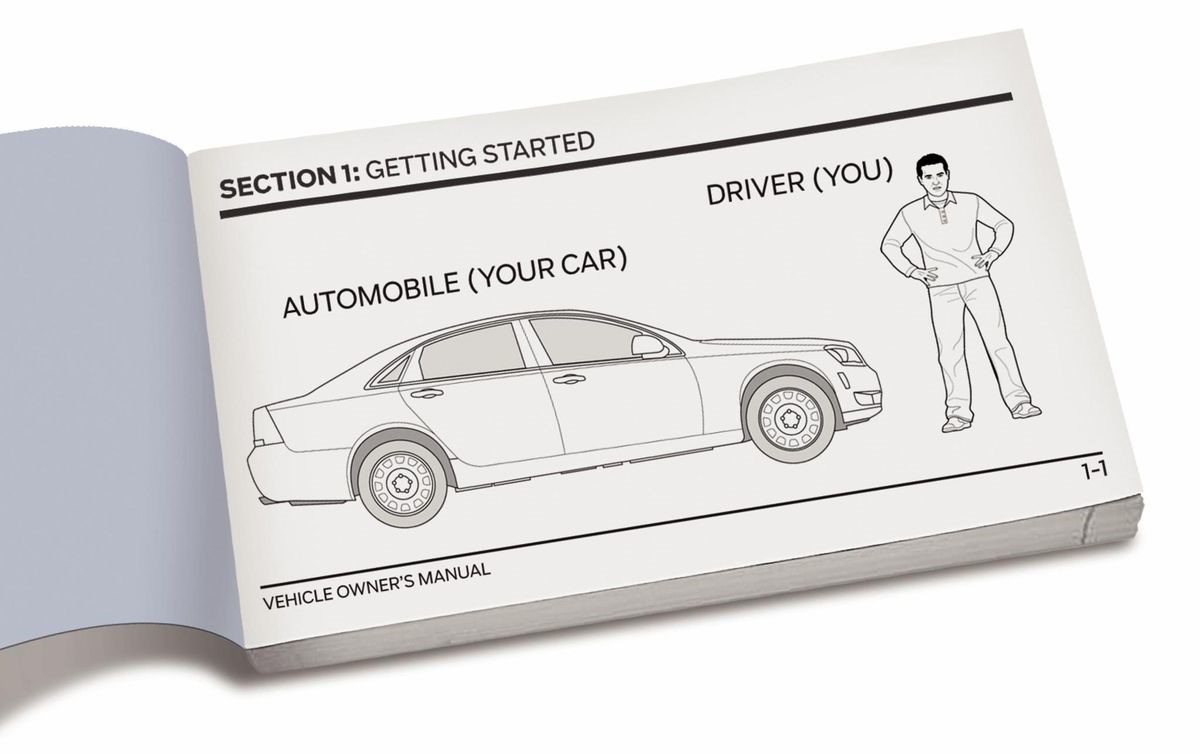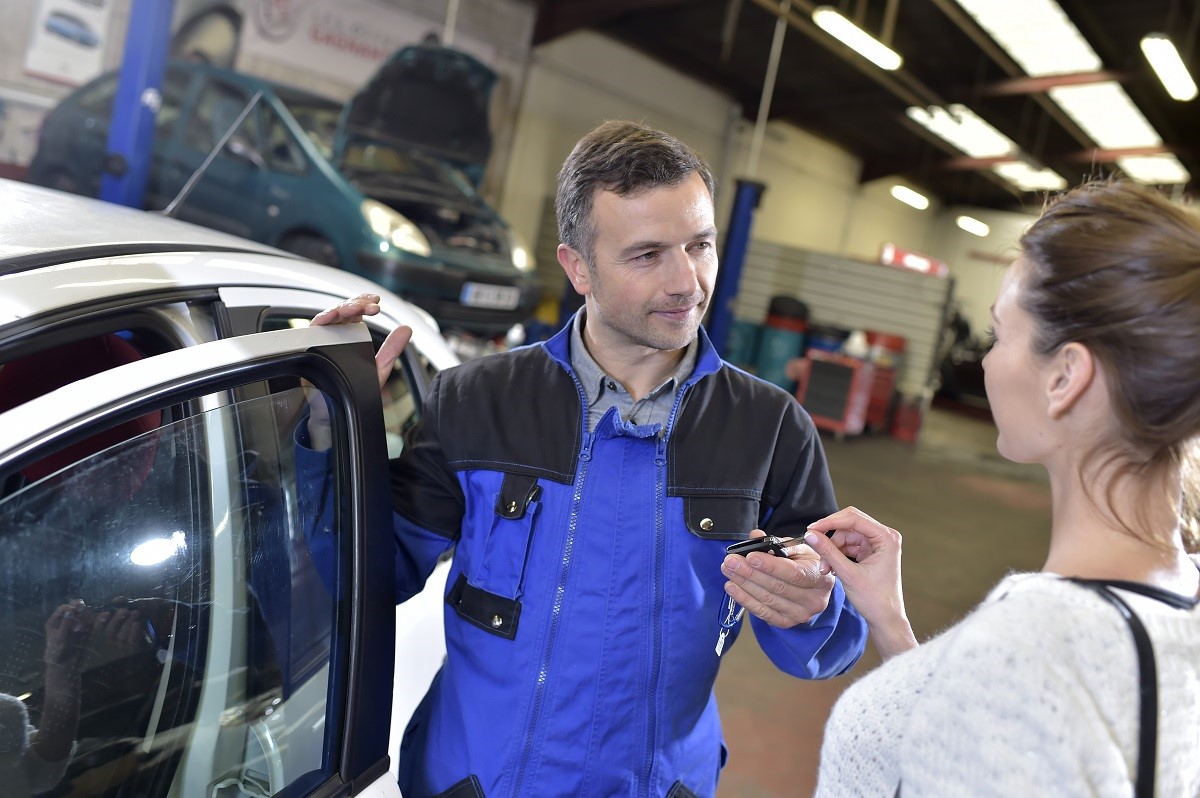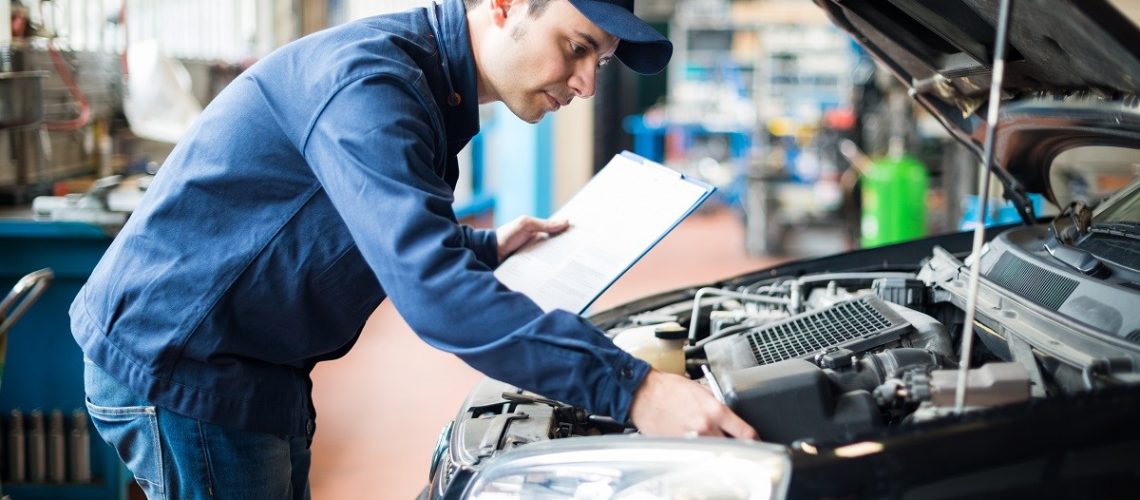When it comes to a brand-new car, you hear plenty of tips on keeping it: avoid driving through floods, don’t go to unauthorised car shops, and follow your maintenance schedule to keep it in good shape for as long as possible.
These are a given, and for a good reason: the average price of a car in Australia can fetch thousands of dollars (excluding costs like insurance and upgrades), so it’s no surprise that the average car owner will want to get their money’s worth out of it. So, if this means having to pay for a professional to look at it every now and then, this shouldn’t be an issue. It’s an added cost, but a necessary one.
But the costs of preventative maintenance become a bigger question for car owners when the car you have wasn’t even at its best shape when you bought it. Second-hand cars vary in quality, with some being in nearly mint conditions while others are in poor shape.
For those who bought cheaper second-hand cars, the question now is: should they still spend money on preventative maintenance, or is it not worth the price of the car they paid for?
Treat It Like You Would a Regular Car
One rule of thumb is to treat your used car the same way you would treat a brand-new car: read the manual, follow the manufacturer’s schedule, and keep the car’s parts and accessories in good running condition.
Regardless of the condition you bought it, treating it like you would a new car ensure that your car won’t deteriorate faster than necessary. It’s unlikely that maintenance will improve the quality of your car’s performance, but it can prevent it from getting worse quicker than you’d like.
Remember: regular preventative maintenance can ensure the longevity of your car. As a second-hand car, it may have underlying issues that need to be addressed. Skipping these maintenance procedures can leave these problems undetected and end up in even worse condition when it could have been prevented.
Consult the Manual

Source: lucanashville
Always consult the owner’s manual on your vehicle’s maintenance schedule. Most cars need maintenance depending on how many miles they’ve driven, so take note of how many miles the car has gone when you received it.
If you purchased it directly from the owner, chances are they haven’t had it serviced, so you may have to ask how many miles it’s been since their last maintenance. At worst, they’re the type of car owner who hasn’t had their car serviced (which means you should get it done ASAP). At best, they’re honest with the miles and maintenance history, so you can estimate how much more you can go before having it serviced.
But if you’re buying it from a used-car dealer, it’s likely that they’ve already had it serviced before putting it up for sale to help drive the car’s price. A dealer should tell you how many miles a car has gone. If you’re doubtful, though, just have it serviced immediately after purchasing the car and start back to zero.
When Maintenance Becomes Financially Impractical

Maintenance is a good idea even for second-hand cars, but some car owners may have their doubts about how practical it is. At some point, their car is going to deteriorate and reach a point where all the maintenance and repair costs become so big that it’s more practical to buy a new car rather than constantly spend more on maintenance and repair.
But at what point does that happen? And how do you know whether you’ve reached that point?
Based on Time
One way to measure it is by time. The IHS Markit found that the average lifespan of a car is 11.6 years. However, a car owner keeps a second-hand car for an average of five and a half years. So, if you’re basing it on average, expect to keep your used car for around six years. If, by that time, you notice the excessive costs your car is incurring, it may be time to buy a new one.
Based on the 50 Percent Rule
Another way to measure it is the “50 Percent Rule” based on how much money you’re actually spending to keep your car usable. Thinking practically, the cost of repairing a car is almost always cheaper than getting a new one. But it may come to a point when it’s no longer practical. If you find yourself about to shell out money for a major repair, try to assess your car’s estimated resale value.
Let’s say that you have a second-hand Toyota Corolla that cost you $14,000. You use it for a couple of years, and then on your next maintenance, you’re told you need to replace several parts. Because of wear and tear, your car’s resale value has now dropped to $5000. The total cost of repairs and replacements are at $2900.
In this case, it’s no longer practical to pay for your used car. Those parts will eventually deteriorate, and the value of your car will continue to drop. So, for this example, it’s much better to buy a new car instead of paying for maintenance and repairs because it’s now financially impractical.
Look at the Previous Owners’ Handling
How the car’s previous owners handled the vehicle can have a long-term effect on its quality. A car that has been properly maintained and serviced will greatly help its long-term lifespan. But a car that’s been ill-cared for (or worse, an owner that hasn’t followed any of the scheduled maintenance routines) can last much shorter than usual.
Unless you personally know the owner, you may find it difficult to trust the quality of the car. When buying the vehicle, it’s best to buy either from someone you personally know who is unlikely to lie about the quality or from a trustworthy used car dealer. For added measure, have the car seen by a professional mechanic to have the quality assessed.
Conclusion
If you’re buying a second-hand car, it is still worth it to pay for preventative maintenance to keep it at the quality it’s at for a longer time. It won’t improve the vehicle’s quality or value, but it can prevent wear and tear and eventual deterioration by keeping your car running at its best. So, even if your car is used, maintenance costs are still necessary.
But when you reach the point that maintenance requires repairs and replacements that exceed half the cost of the cars value, it may be time to look for a new car to use. By that point, it’s no longer financially practical to keep spending on a car.

